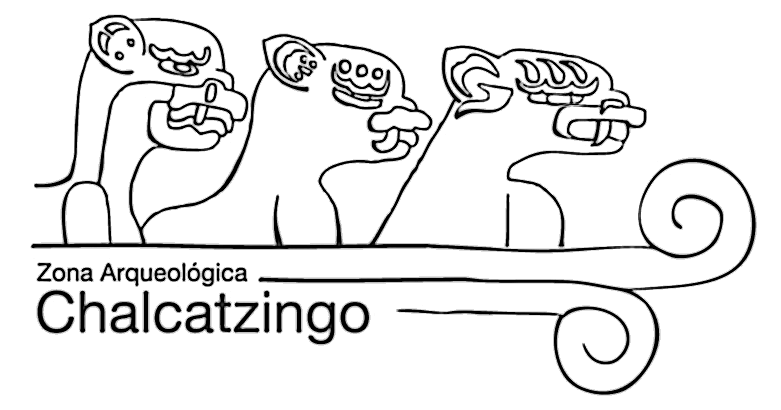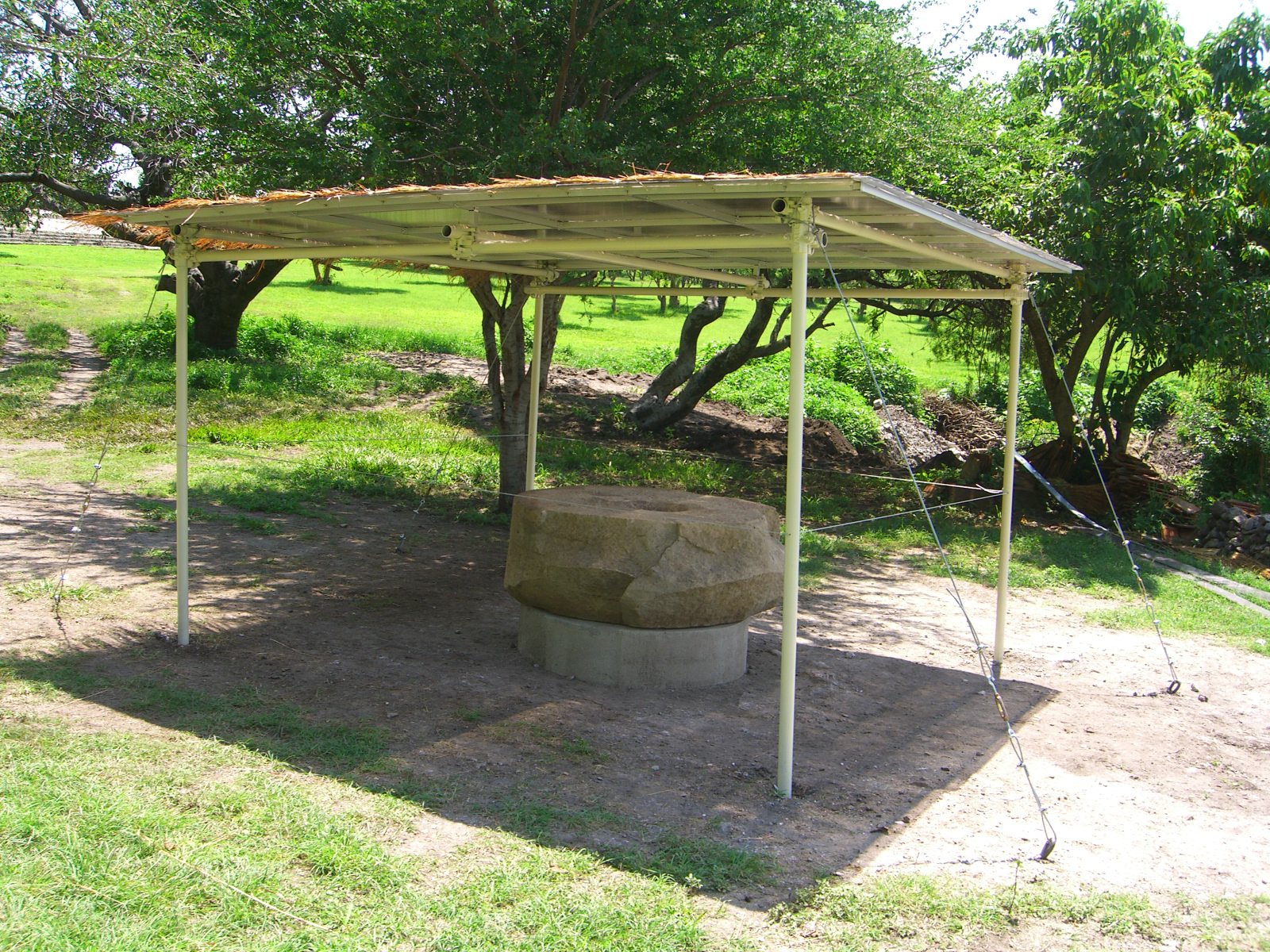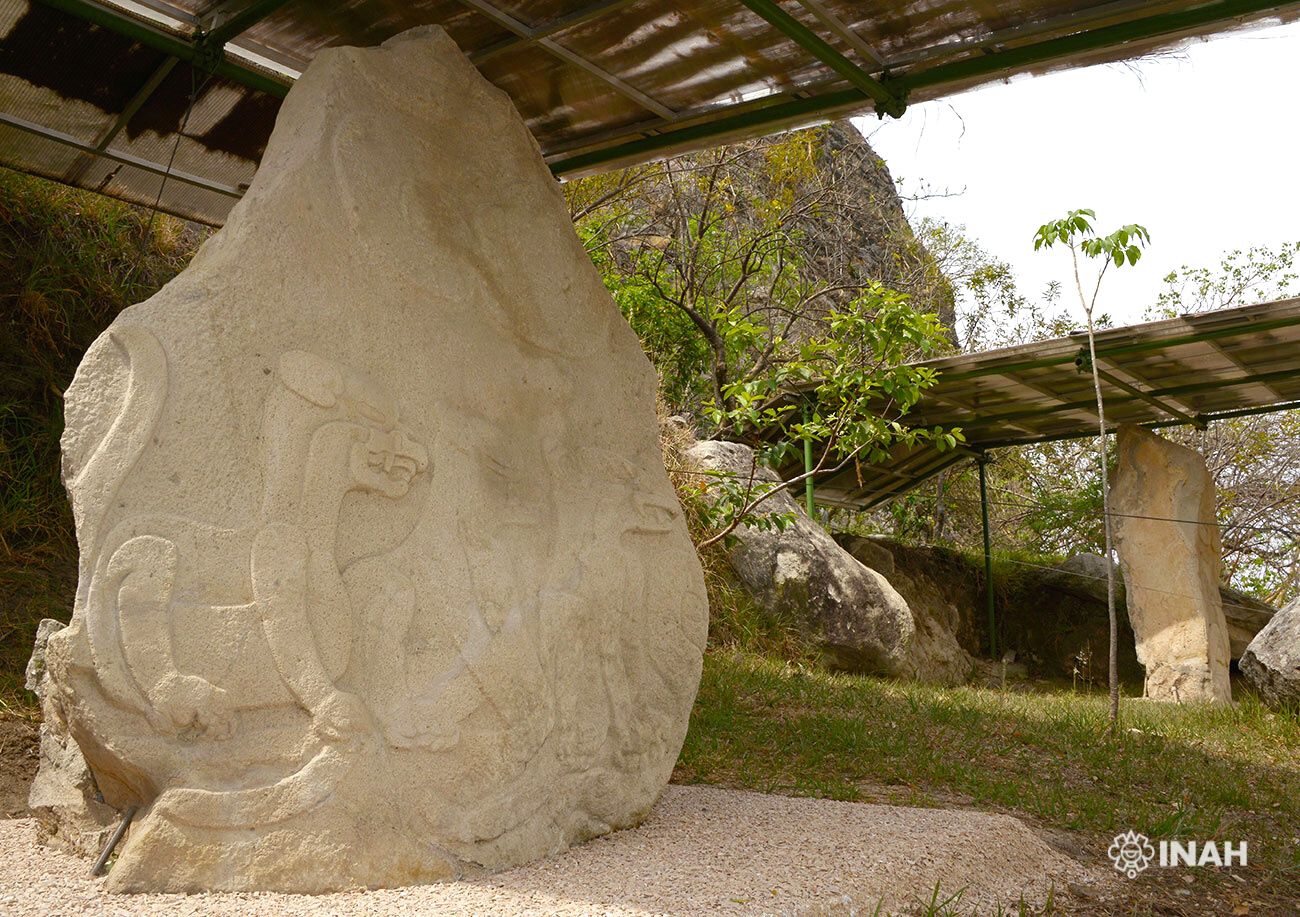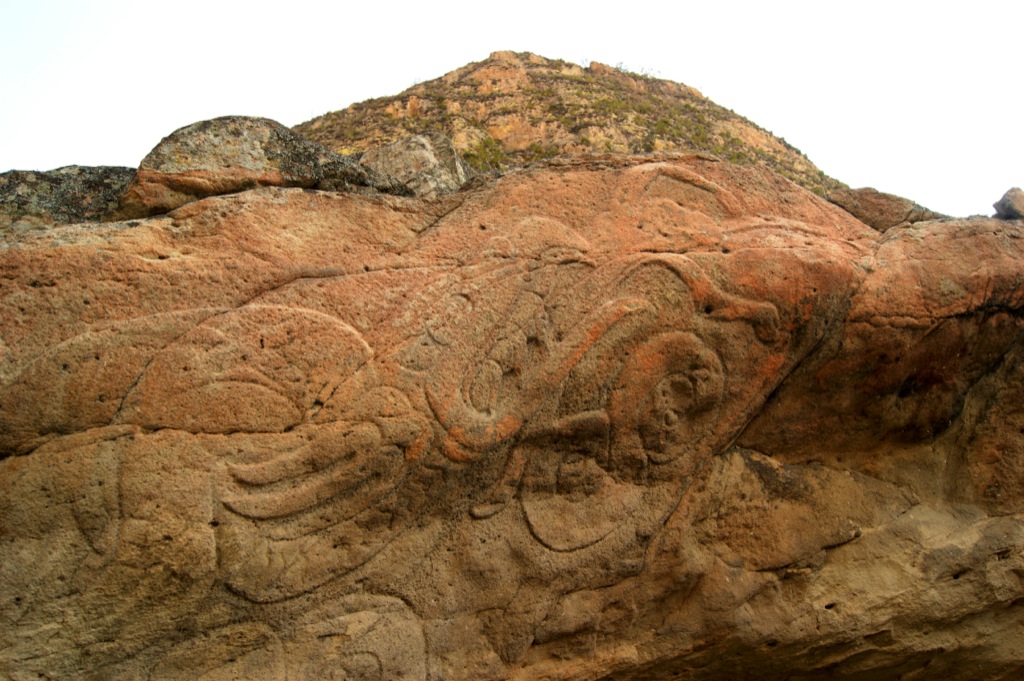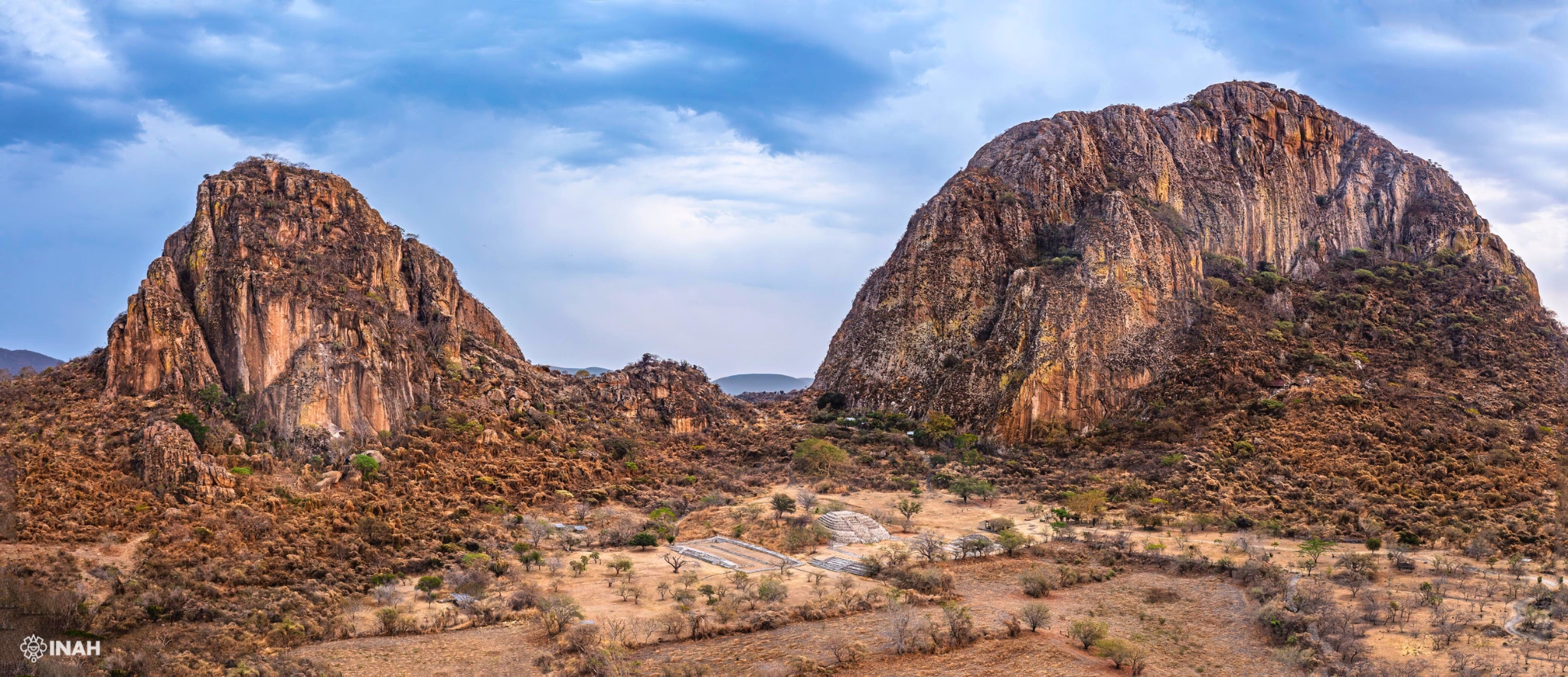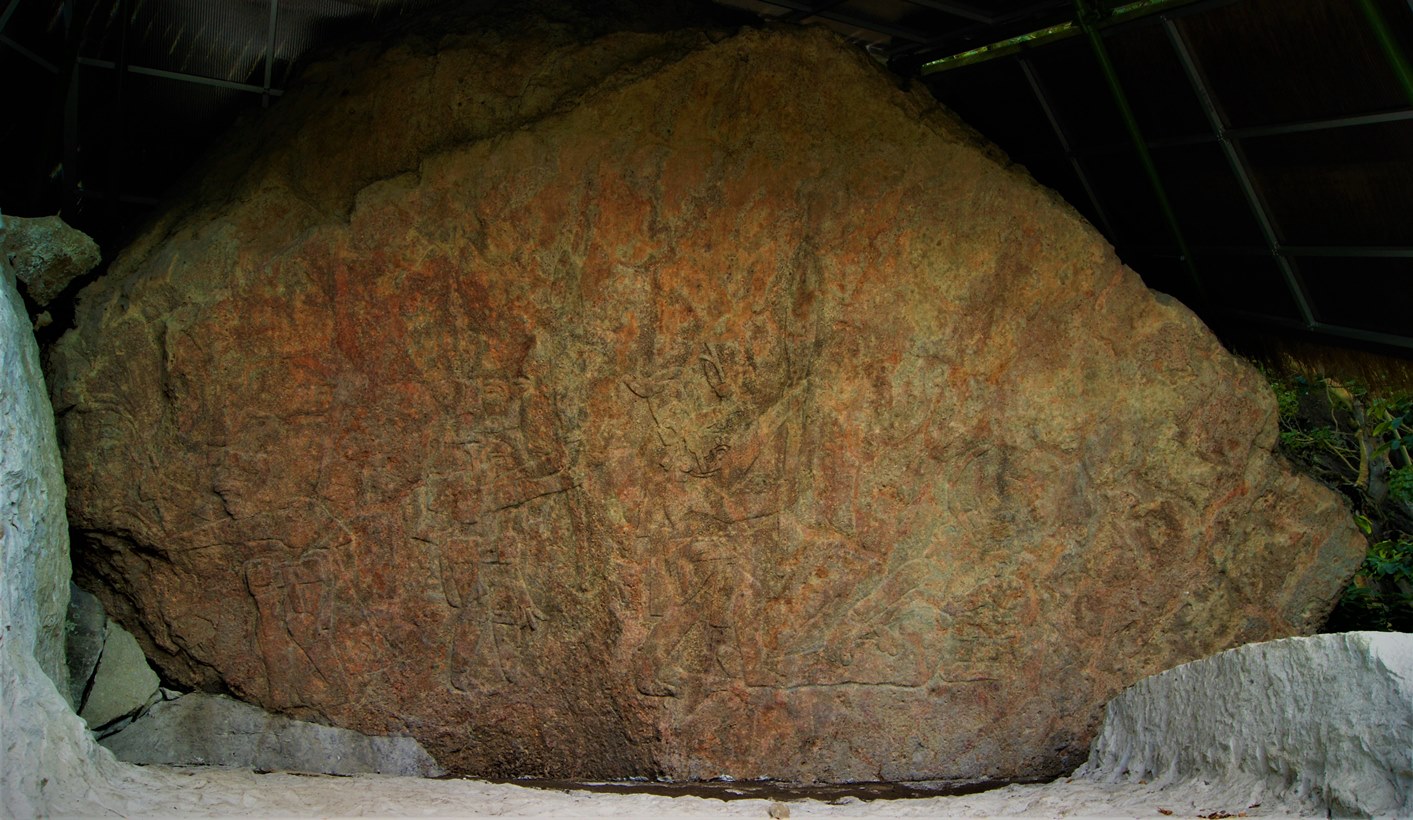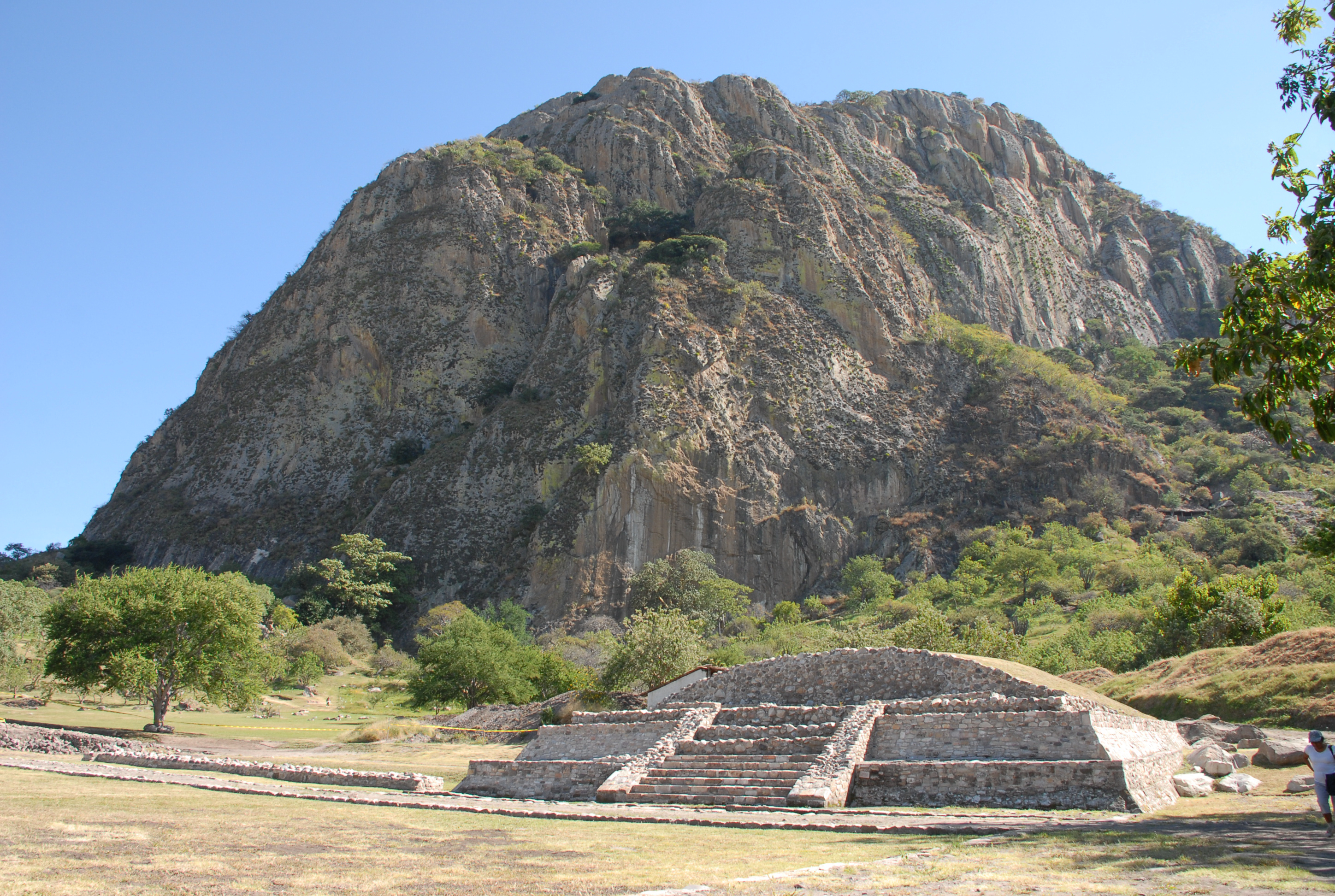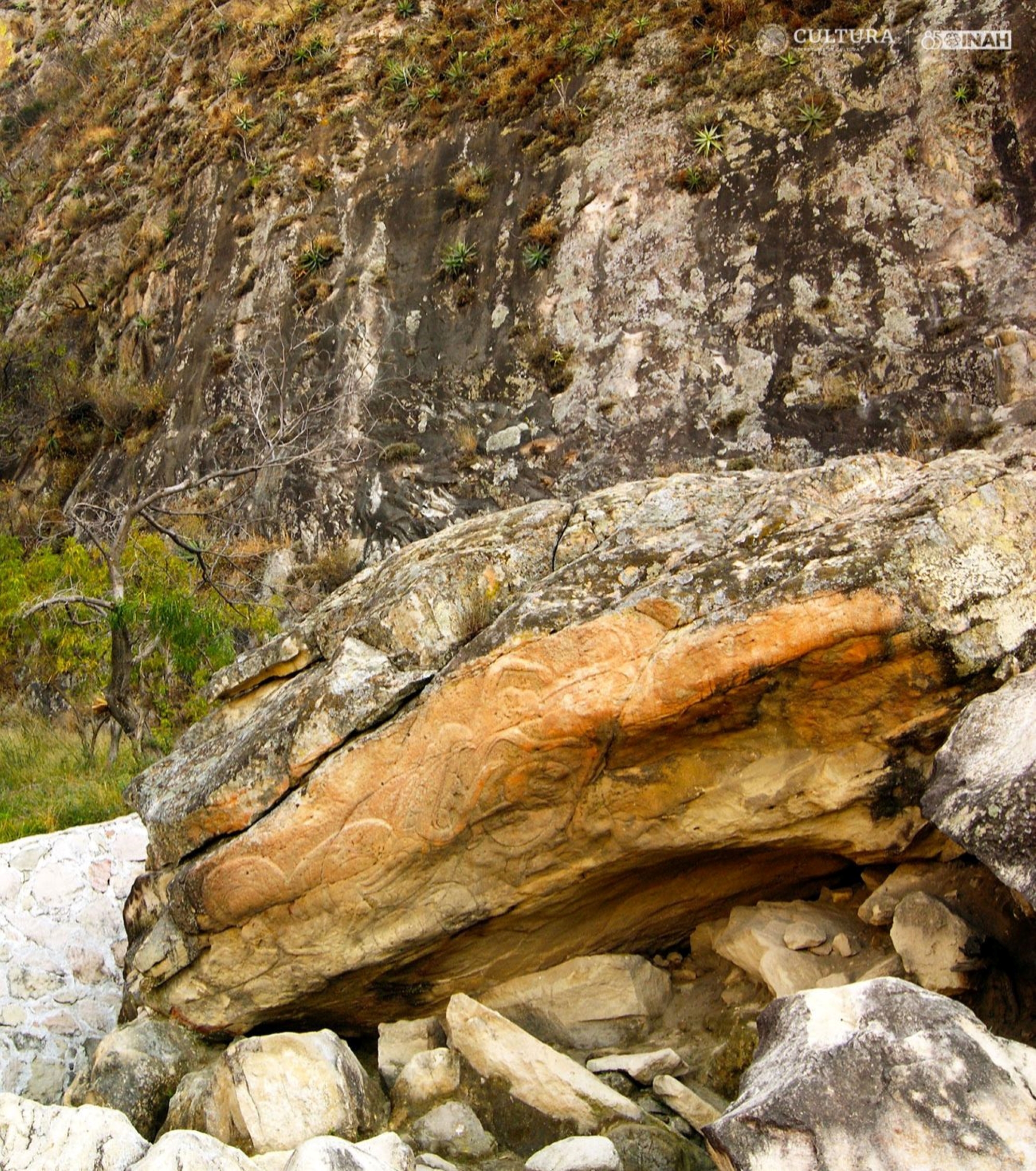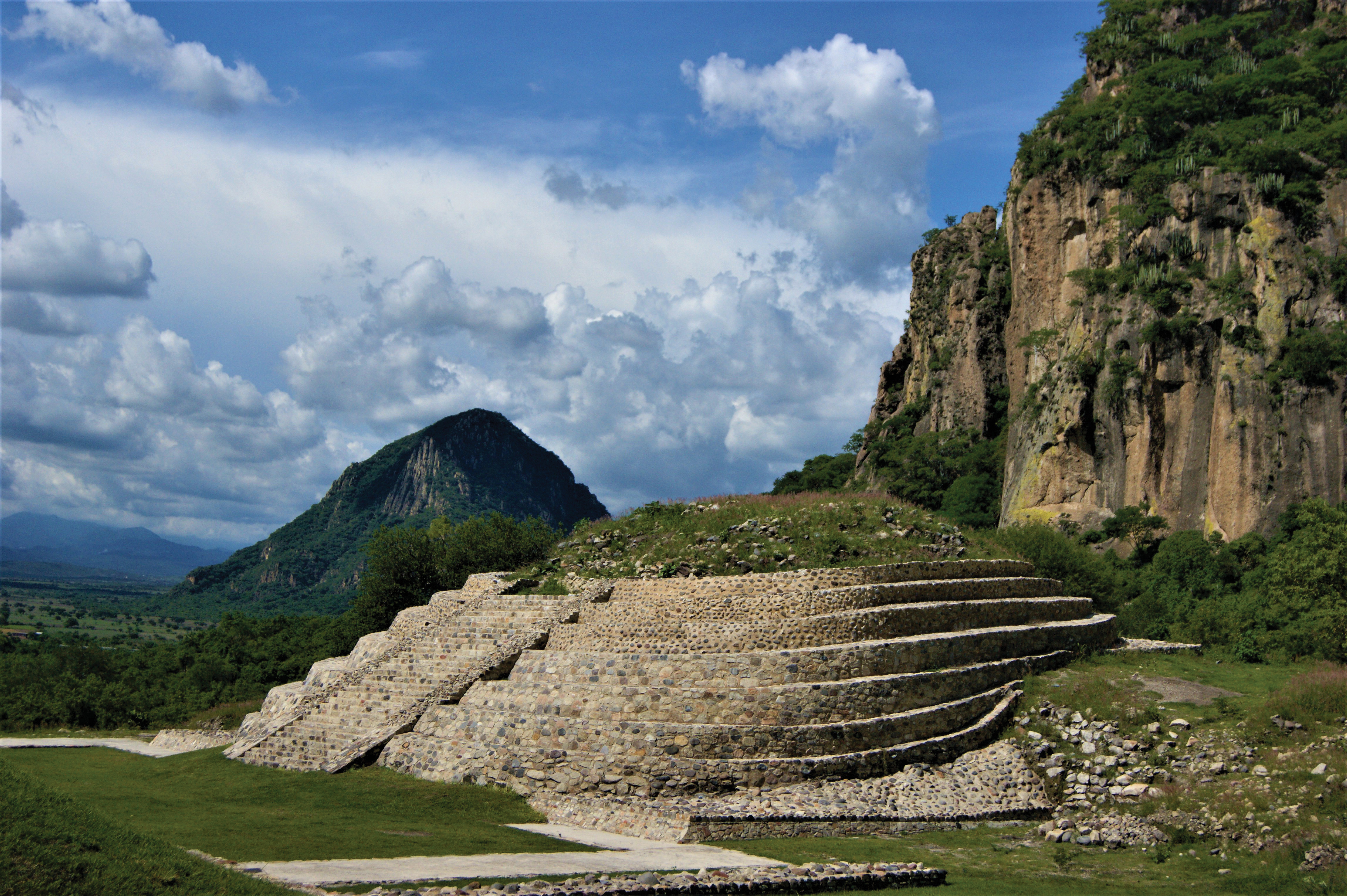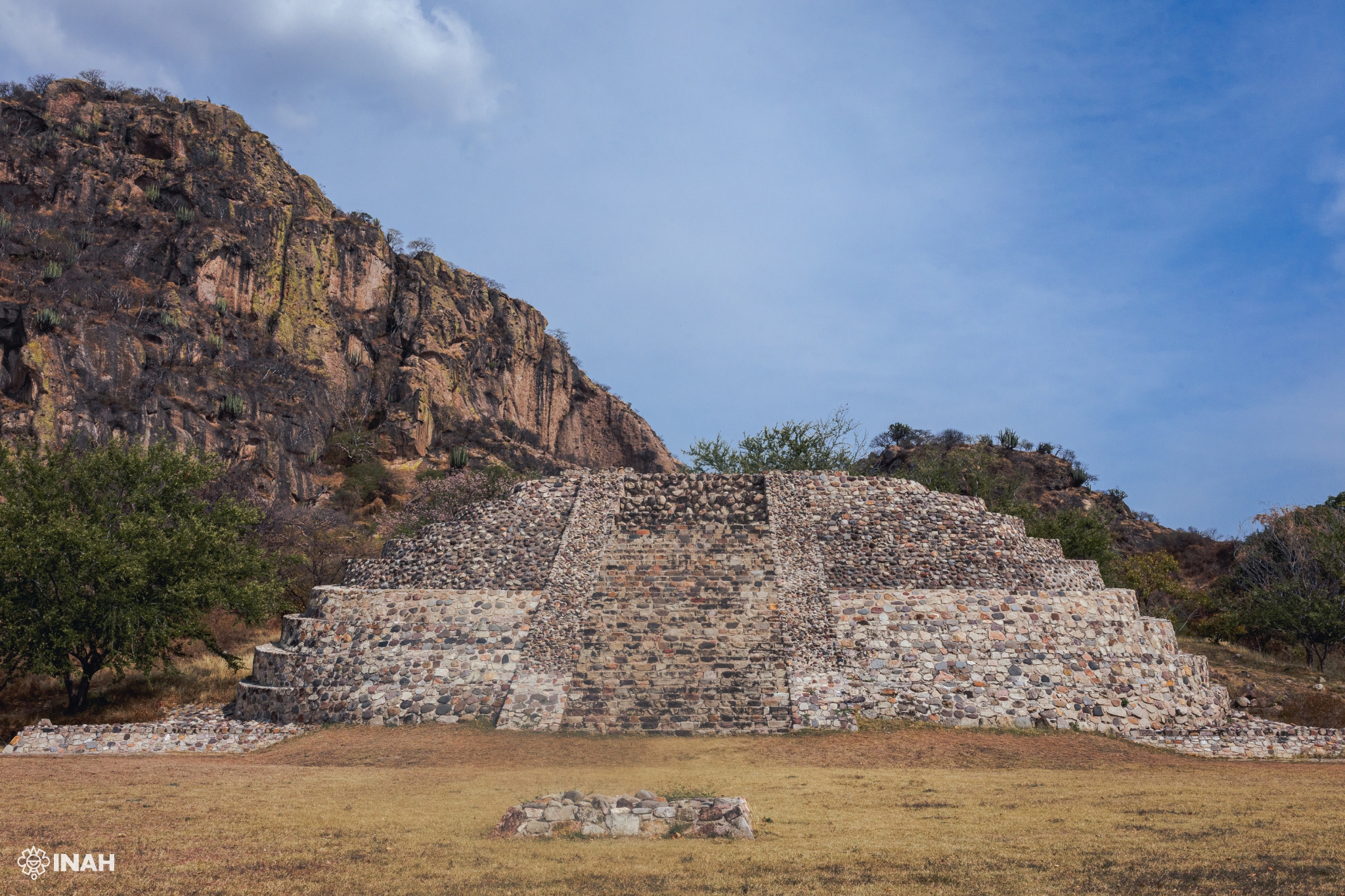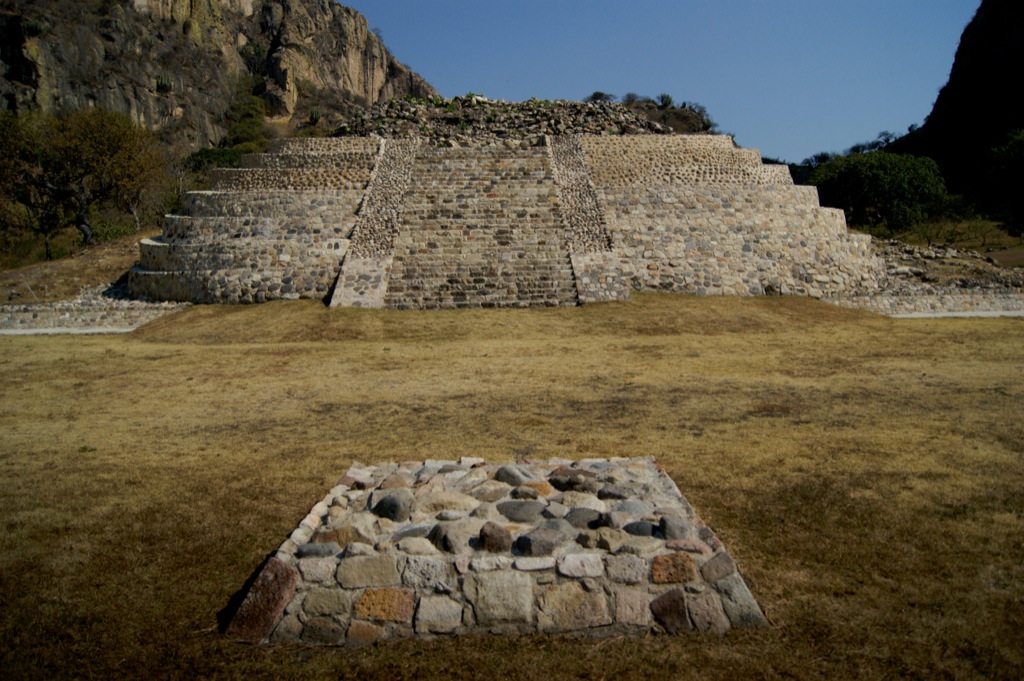Visit us
Chalcatzingo
Aviso
Guided tours require previous request.
Opening hours
Monday to Sunday from 09:00 to 18:00 h - Last access 17:00 h
Fee
$75.00
Adress
Road to the Ruins s/n, Chalcatzingo, Municipality of Jantetelco, Morelos. C.P. 62977.
Access
From the city of Cuernavaca, take Federal Highway 138 towards Cuautla and continue to Izúcar de Matamoros on Federal Highway 160. At the Huayapan-Axochiapan junction, take the exit for the hacienda of Santa Clara Montefalco until you reach the town of Chalcatzingo.
Services


Important
- Sundays free for mexican citizens
- Free entrance for Mexicans under 13 years old
- Free entrance for Mexican students and teachers
- Free entrance for Mexican senior citizens
- No smoking
- No entry with food
- Pets not allowed

